The Vatican announced Tuesday that Pope Francis’ funeral will be held on Saturday at 10 a.m. local time (4 a.m. eastern) in front of St. Peter’s Basilica, following a meeting of the College of Cardinals at the Catholic Church’s city-state headquarters in the heart of Rome.
The pope’s coffin, which died Monday morning at the age of 88 from a stroke and heart failure, was carried to the basilica in a procession on Wednesday morning from his residence at Casa Santa Marta.
The late pontiff will lie in state inside St. Peter’s Basilica for three days before his funeral, with the faithful slowly making their way to his simple wooden coffin to pay their respects.
On Wednesday, cardinals, the Catholic Church’s most senior prelates, were among the first to approach Francis’ coffin.
On Tuesday, the Vatican released the first photos and video of Francis since his death, showing him in his coffin dressed in a red robe with the papal mitre on his head and a rosary in his hands.
The images showed cardinals and other church officials performing what the Vatican described as the formal confirmation of the Pope’s death and praying over his body.
According to CBS News correspondent Seth Doane, the intimate service at the Santa Marta hotel on Tuesday provided senior clergy and Vatican insiders with a private opportunity to pay their respects to Francis prior to his public lying in state at St. Peter’s.
On Tuesday, church officials revealed details about the pope’s final hours, describing it as “a discreet death, almost sudden, without long suffering or public alarm.”
The Vatican’s interim administrator, Irish-American Cardinal Kevin Farrell, who will play a key role in the funeral and subsequent events in the coming weeks, presided over the Wednesday morning procession to St. Peter’s and the ritual transfer of the pope’s body to the basilica.
Giovanni Battista Re, dean of the College of Cardinals, will celebrate the funeral Mass on Saturday morning. The papal funeral is divided into three distinct phases, or “stations.” They are the preparation of the body, the viewing, and finally the burial.
Who will come to Pope Francis’ funeral?
The Vatican announced that the funeral at St. Peter’s Basilica on Saturday will be attended by “Patriarchs, Cardinals, Archbishops, Bishops, and priests from all over the world.” It will also be attended by several world leaders and dignitaries.
President Trump announced on Monday that he and First Lady Melania would attend, as would Ukrainian President Volodymyr Zelensky and French President Emmanuel Macron. Italian Prime Minister Giorgia Meloni was scheduled to attend, as were several other European heads of state, including United Kingdom Prime Minister Keir Starmer and Germany’s outgoing Chancellor Olaf Scholz.
King Philippe and Queen Mathilde of Belgium were among the first royals to confirm their attendance at the funeral. The country’s official Belga News agency confirmed that they would attend, citing the royal couple’s Monday social media post in which they praised Francis as “a great man, close to the most vulnerable and concerned with the problems of the world.”
According to the French news agency AFP, King Felipe VI and Queen Letizia of Spain intend to attend the funeral.
Kensington Palace announced Tuesday that William, the Prince of Wales and heir to the British throne, would attend the pope’s funeral on behalf of the British royal family, representing his father, King Charles III. Charles, along with Queen Camilla, met with Pope Francis at the Vatican less than two weeks before his death.
Russia’s President Vladimir Putin, who is currently facing an International Criminal Court arrest warrant for war crimes allegedly committed during his country’s ongoing invasion of Ukraine, will not attend the pope’s funeral, the Kremlin’s chief spokesman said Tuesday.
“No. When asked about Francis’ funeral, spokesman Dmitry Peskov responded that the president has no such plans. The ICC warrant severely restricts Putin’s international travel, as any nation that has signed the U.N. court’s founding charter is legally required to arrest him if he enters its territory.
According to Reuters, both Brazilian President Luis Inacio da Silva and European Commission President Ursula von der Leyen have confirmed their attendance at the funeral. President Javier Milei of Argentina, where Francis was born in 1936, will also attend the funeral, according to his office.
The Chinese government said Tuesday that no decision had been made on which officials would attend the Vatican service.
What happens after Pope Francis’ funeral?
Following the funeral Mass at St. Peter’s, Pope Francis’ coffin will be transported to the Basilica of St. Mary Major in Rome, where he will be buried.
The pope chose to be buried at the smaller basilica, which is approximately four miles outside the Vatican walls. Throughout his 12-year pontificate, he frequented St. Mary’s to pray before and after international trips.
Between 15 and 20 days after the pope’s death, the Cardinal Electors will gather at the Vatican and seal themselves off from the outside world behind the doors of the Sistine Chapel for the papal conclave, the centuries-old process of selecting the next pope.
Only cardinals under the age of 80, which currently numbers around 135, are eligible to vote in a conclave.
The cardinals’ meeting on Tuesday was the first of several gatherings leading up to the conclave. John Allen, editor of the Catholic news website “Crux,” told CBS News that the cardinals who were already at the Vatican for Tuesday’s meeting would be joined by others from around the world.
“Cardinals’ programmatic talks about the church’s position are crucial during these meetings.” Allen told CBS News about the process leading up to the conclave, as well as what type of man is required to carry it forward.
“To be clear, these are not the Iowa Caucuses. “No one is going to be standing up and barnstorming on behalf of their preferred candidate,” he said.
However, one can “read between the lines” of the addresses delivered by the cardinals to figure out, ‘he’s probably talking about cardinal so-and-so, or he may be talking against cardinal, so-in-so… so this is as close to political sausage grinding as we’re going to get in the process of electing the next pope.”
For the actual conclave, the cardinals will vote inside the Sistine Chapel, out of public view, for their preferred candidate to lead the church, repeating the process until a candidate receives a two-thirds-plus-one majority.
After each round of voting, the paper ballots are burned, producing black smoke to indicate that no decision has been made, followed by white smoke to indicate that a new pope has been chosen.



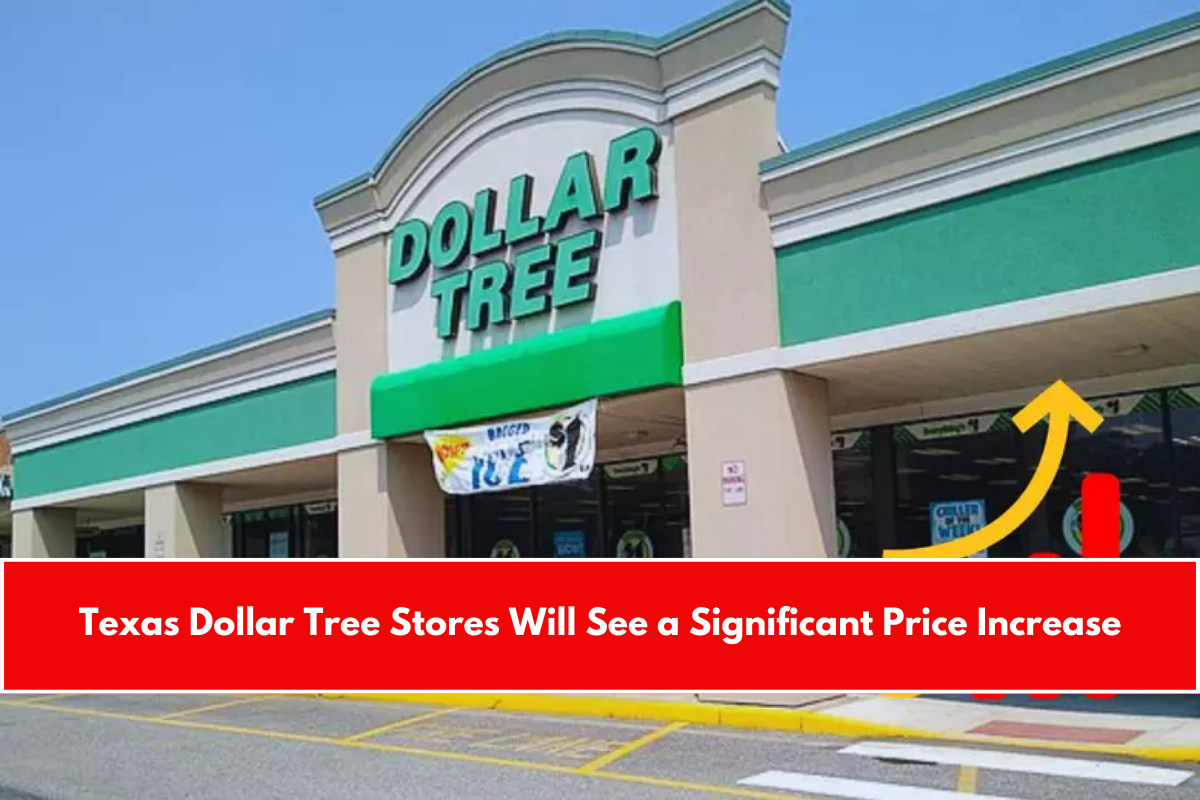


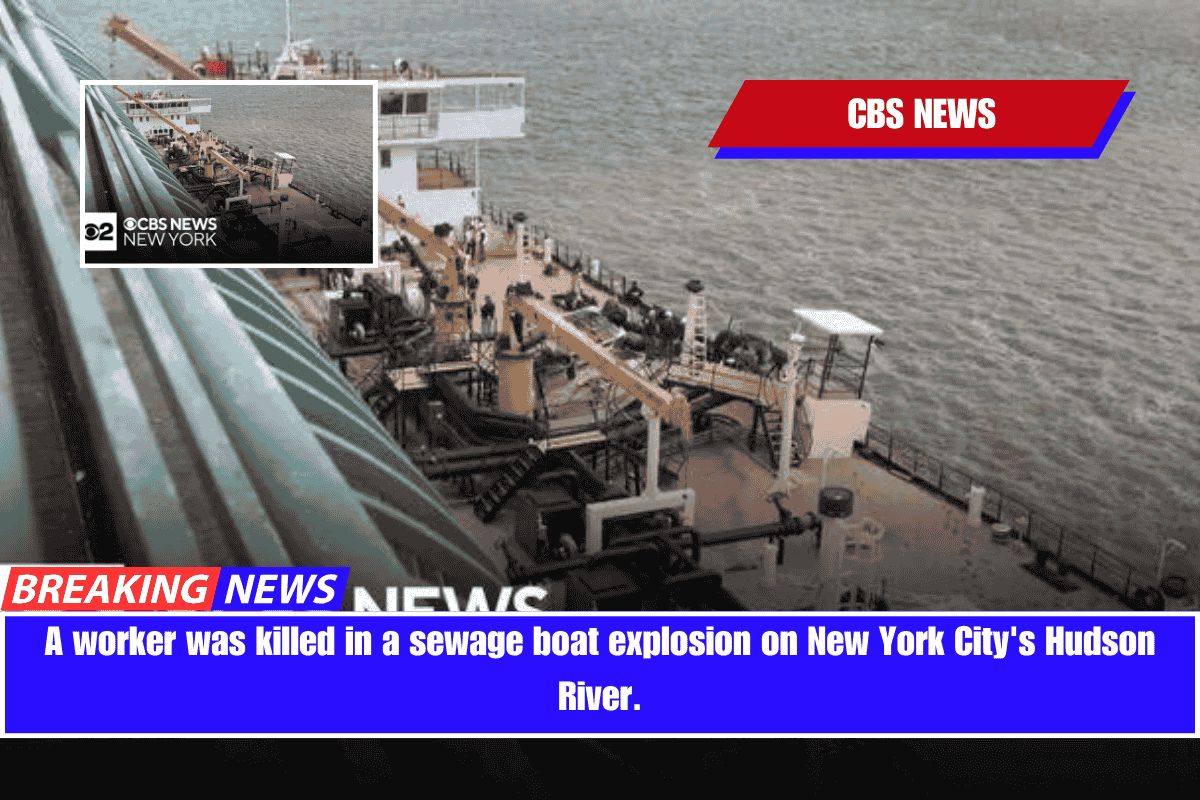
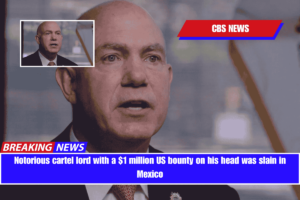
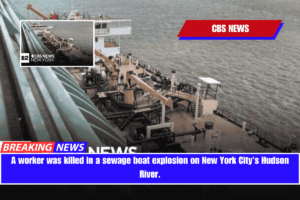
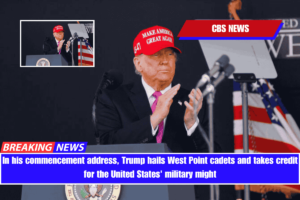
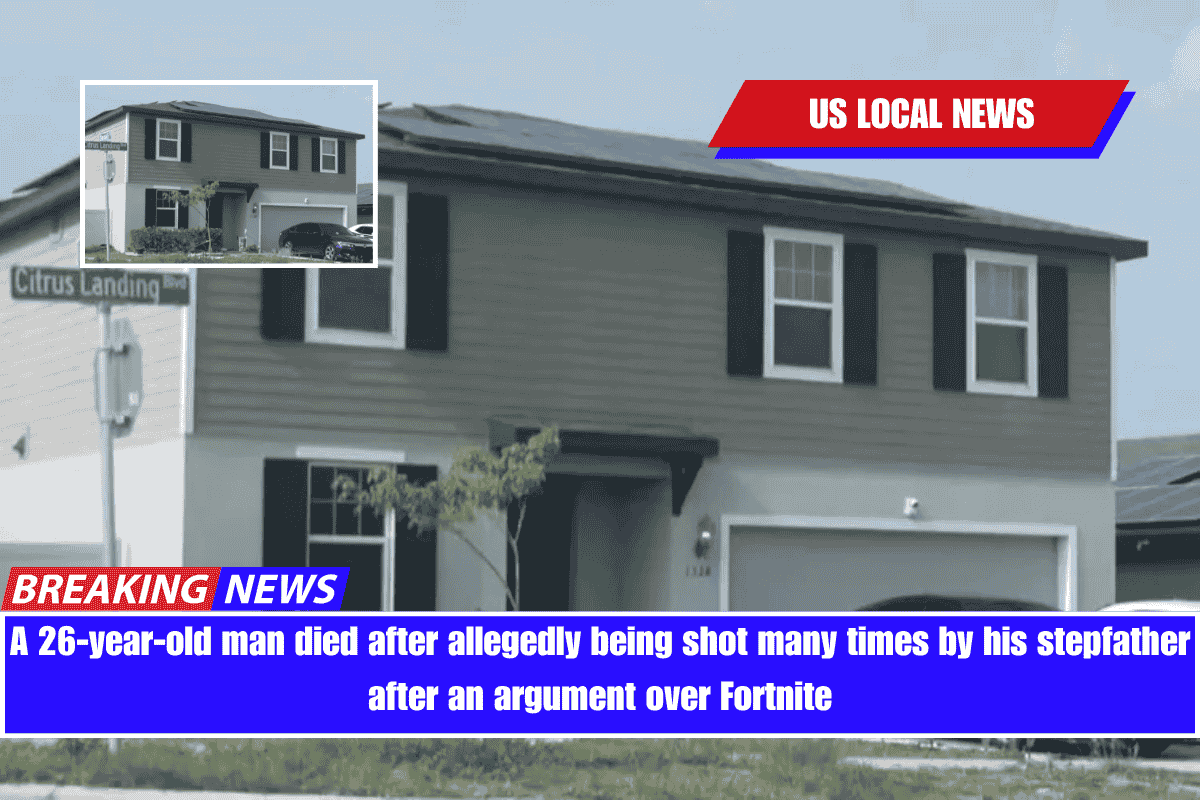
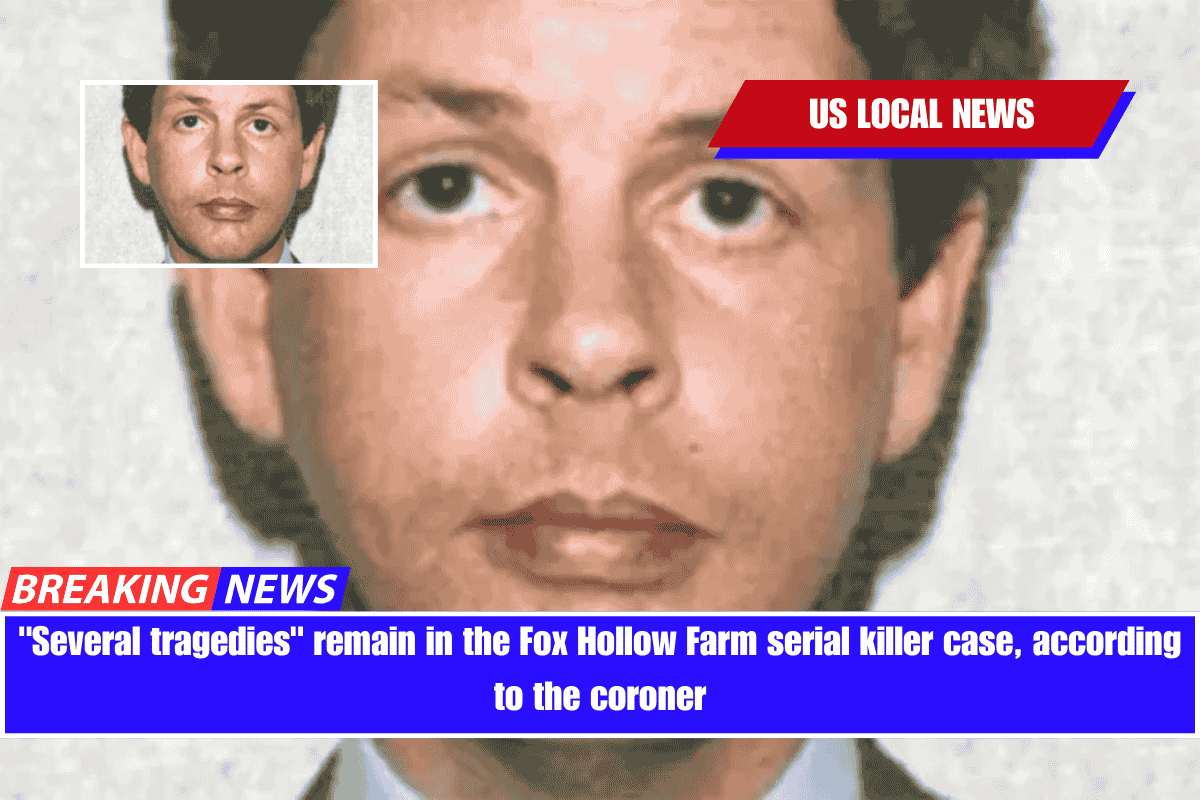
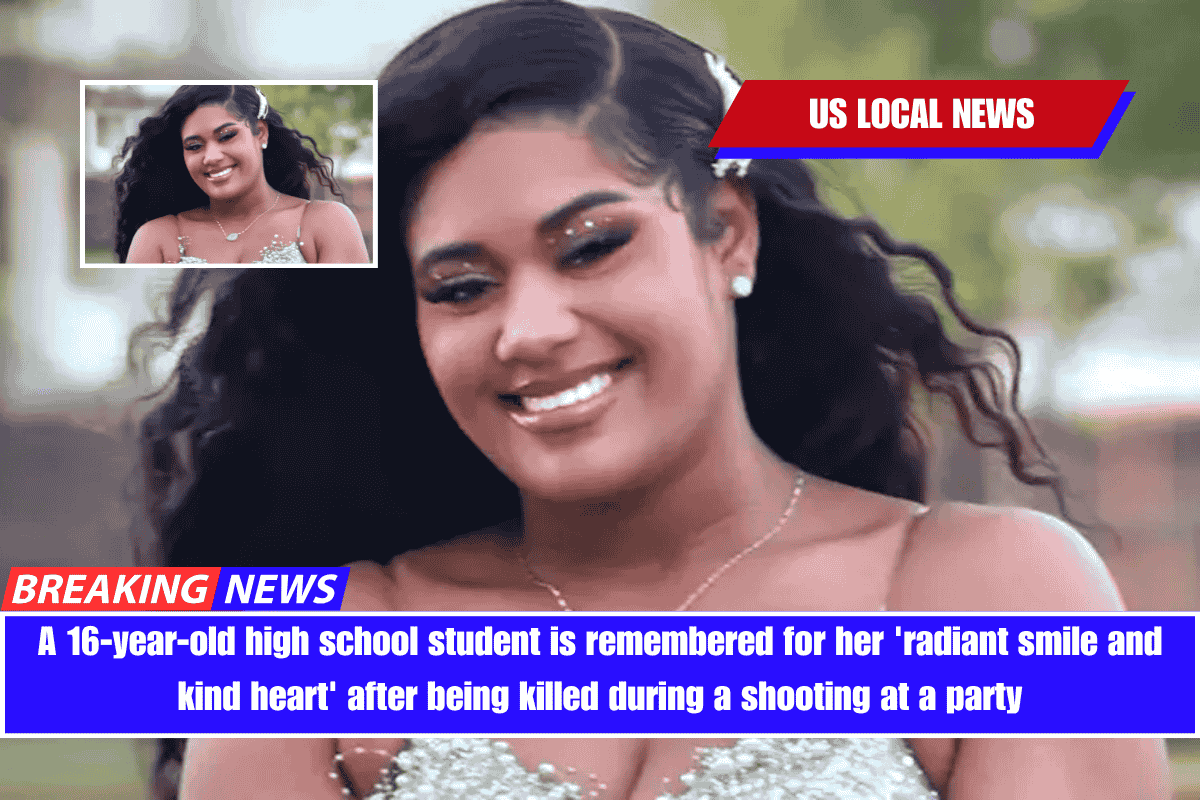
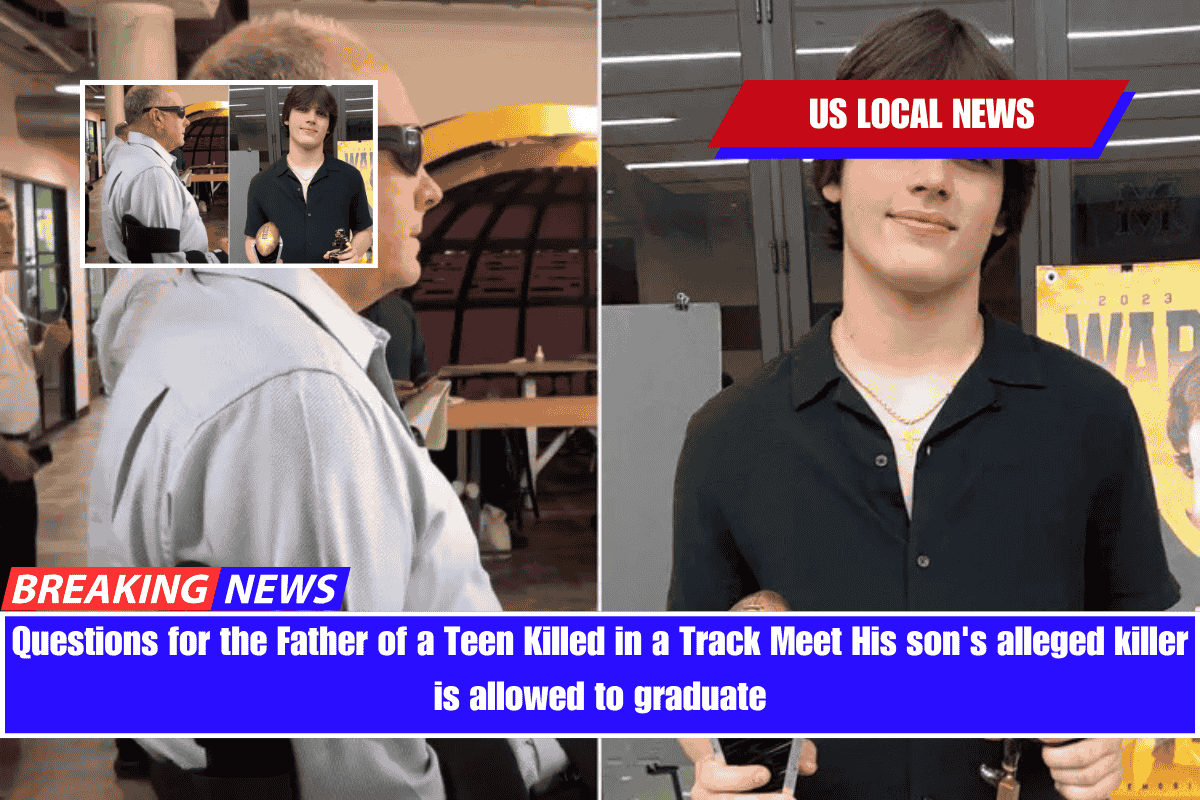
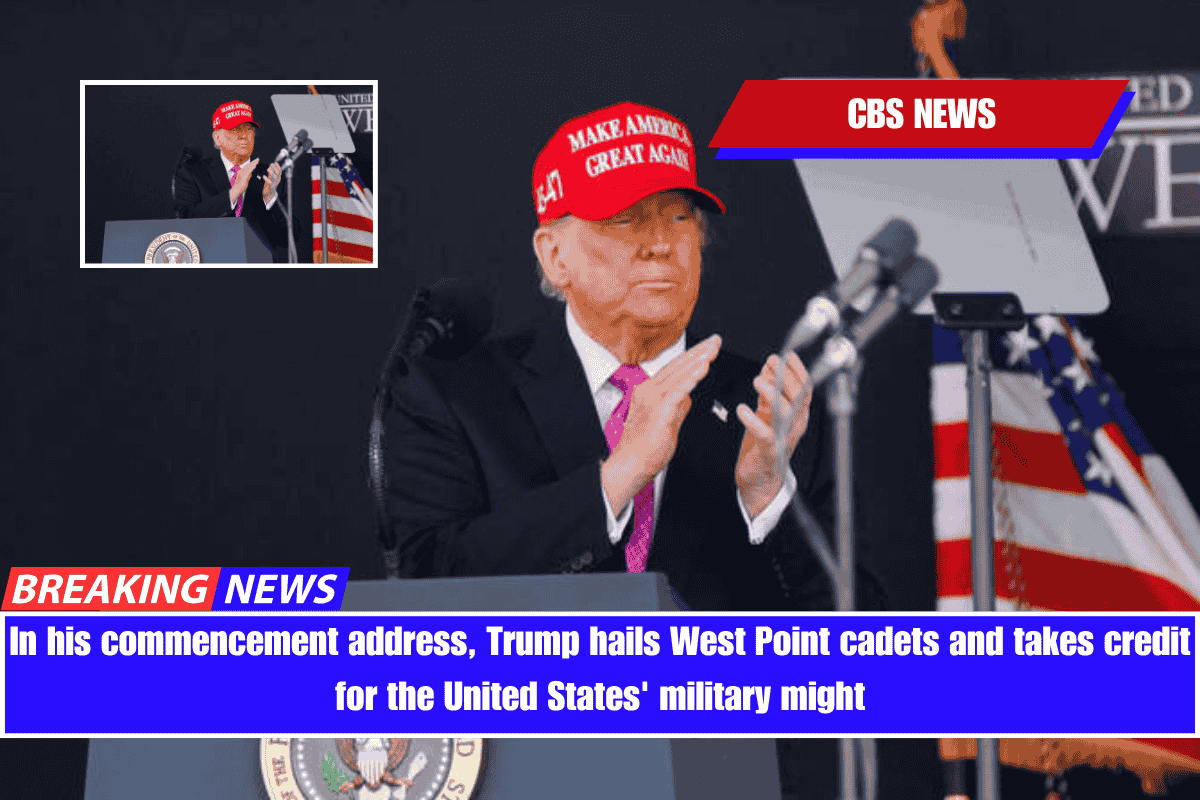
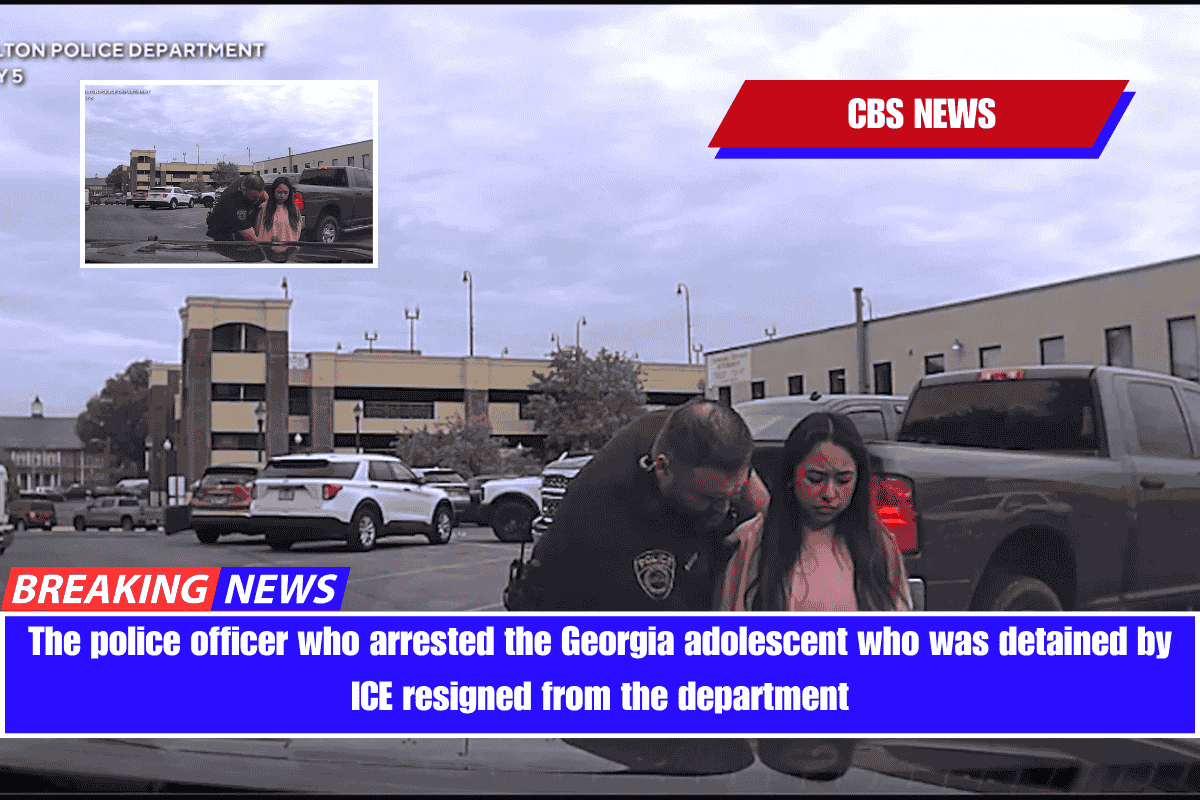

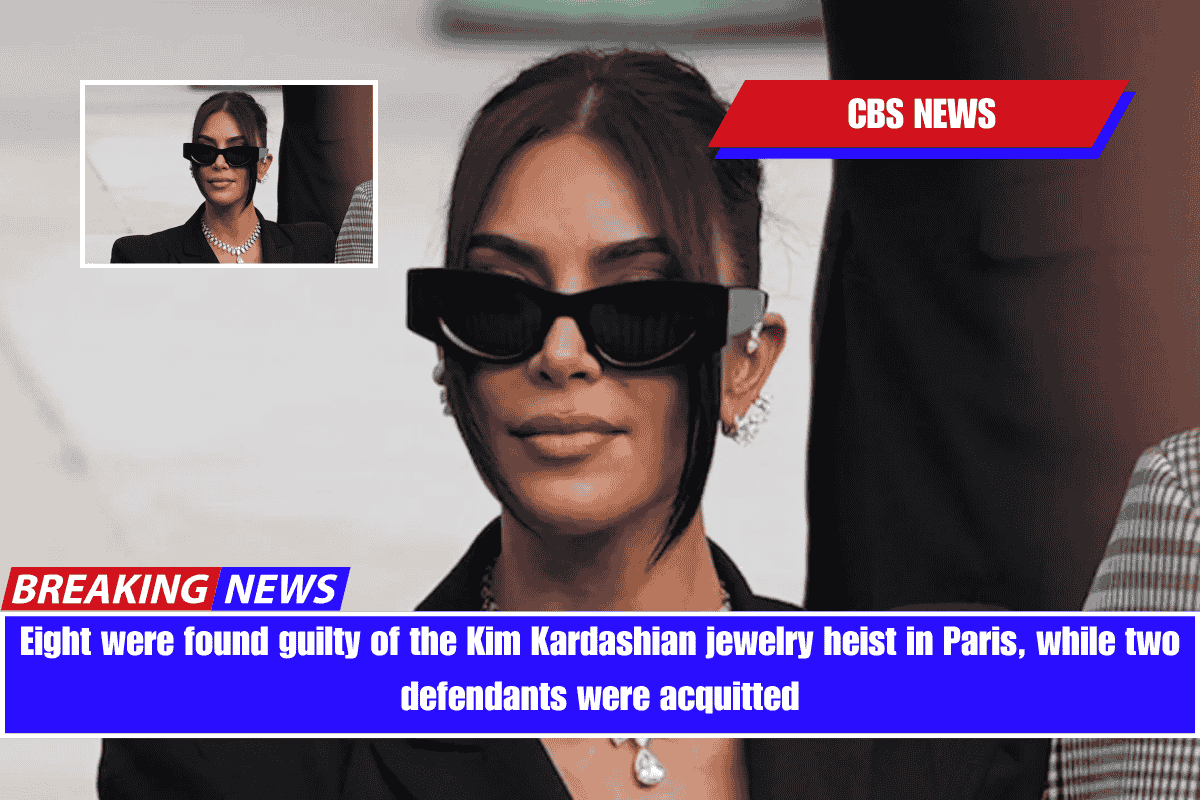
Leave a Reply